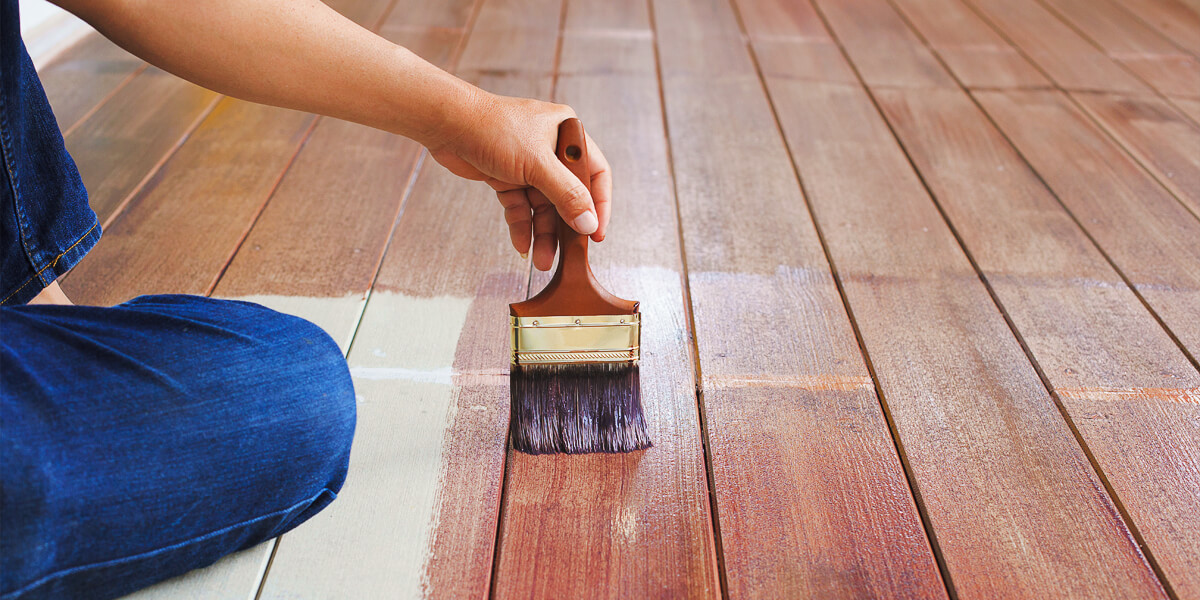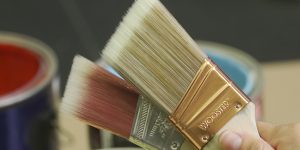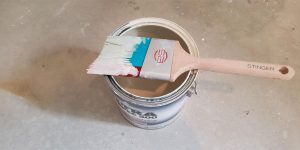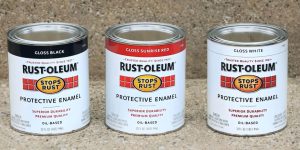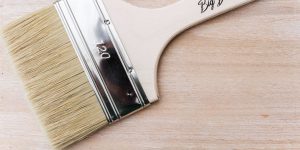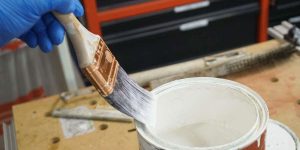Are you looking to update the look of your stained wood surfaces with a fresh coat of paint? The good news is that you can paint over stained wood to give it a new look! However, it’s important to follow the proper preparation and painting techniques to ensure a successful and long-lasting paint job.
In this article, we’ll discuss the steps you need to take for painting, including the use of a primer and choosing the right type of paint. By following these guidelines, you can achieve a beautiful painted finish on your stained wood surfaces.
How to paint over stained wood
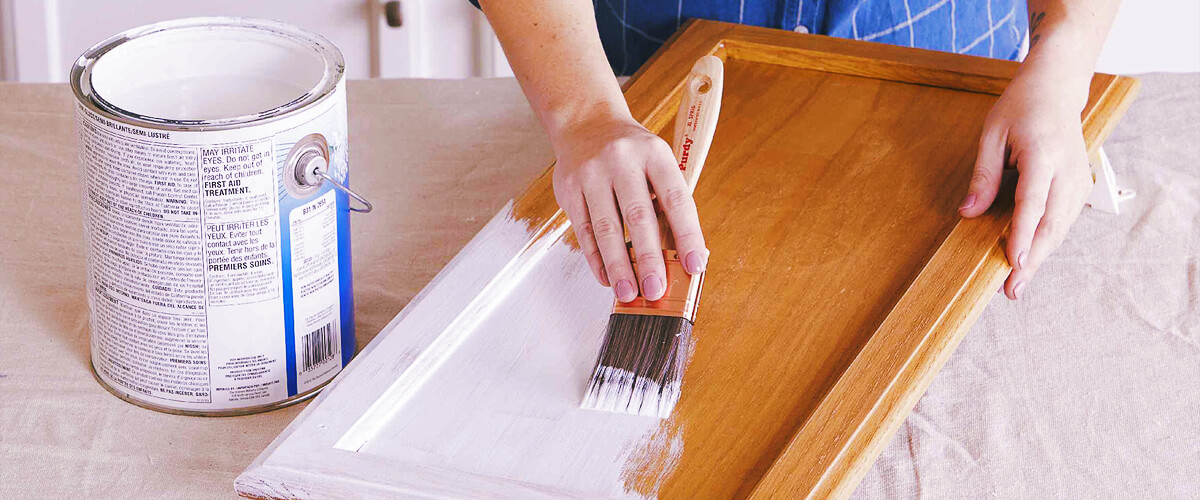
In order to be satisfied with the final outcome of your painting, follow this step-by-step guide that I prepared for you, having many years of experience with painting and different types of wood:
Step 1: Gather your tools
You will need sandpaper, a clean cloth, a wood filler, a putty knife, primer, paint, paintbrushes, and a drop cloth.
Step 2: Clean and prepare the surface
You have to remove any dirt or debris from the surface. Sand it lightly to create a rough surface for the paint to adhere to. If there are any damaged areas, use wood filler and a putty knife to fill and smooth them.
Step 3: Apply primer
Put a coat of primer on the surface. It helps to create a smooth, even surface and can also help to block any stains or tannins in the wood from bleeding through the paint. Let the primer dry completely before moving on to the next step.
Step 4: Sand the surface again
After the primer has dried, sand the surface again. Wipe it clean with a cloth to get rid of any dust.
Step 5: Apply paint
Using a paintbrush, apply a coat of paint to the surface. Be sure to use high-quality paint that is formulated for use on wood surfaces. Depending on the type of paint, you may need to apply multiple coats to achieve full coverage. Allow the first coat of paint to dry completely before applying the next one.
Step 6: Finish
Once the final coat of paint has dried, inspect the surface for any rough or uneven areas. If necessary, gently polish the surface and apply another coat of paint. Once the item is totally dry, you can apply a protective clear coat.
Factors influencing the success of painting over stained wood
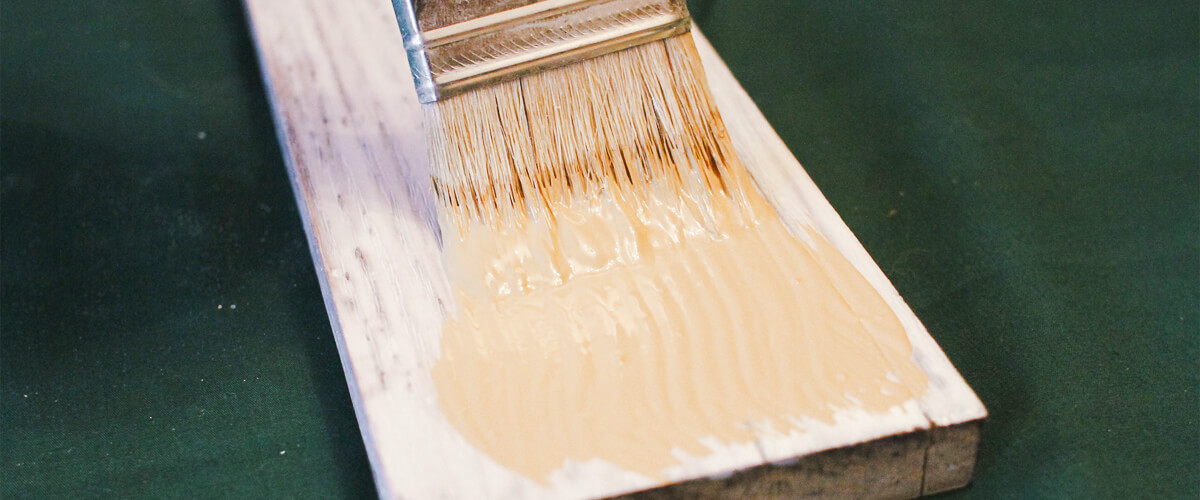
When it comes to painting stained wood, several aspects can affect the project’s success. These include:
- The type of stain used on the wood can affect how well the paint adheres to the surface. Some stains contain oils or other substances that can make it more difficult for the paint to stick. It’s important to choose a paint that is compatible with the type of stain used on the wood.
- Wood surface condition is also essential when painting over stained wood. If the wood is rough or damaged, achieving a smooth painted finish can be more difficult. Polishing and filling damaged areas can help to achieve a great result.
- The desired final appearance you are trying to reach can also affect the success of the project. For example, if you want to paint over a dark stain with light-colored paint, you may need to apply a few coats for full coverage.
Benefits of painting over stained wood
If you’re still in doubt, let me explain the major benefits you can get when painting over stain:
- Aesthetic transformation – it is the ability to completely transform the appearance of the wood. By choosing a paint color and finish that complements your decor, you can give old, worn, or outdated wood a new look that can enhance the overall aesthetic appeal of your space.
- Protection and preservation of wood – it can also provide an extra layer of protection, helping to prevent damage from moisture, sunlight, and other environmental factors. It extends the life of the wood, preserving its natural beauty for years to come.
- Cost-effectiveness – it can be a more economical option than replacing or refinishing the wood. Rather than investing in expensive new materials, painting over stained wood can provide a more affordable and efficient way to update an object.
FAQ
Can I paint over stained wood without sanding?
It’s possible to paint over stained wood without sanding, but not recommended. Sanding helps to create a smooth surface and removes any gloss or sealer that may prevent the new paint from adhering properly.
What kind of paint do you use over stained wood?
You can use either oil-based or latex-based paint over stained wood. However, it’s important to choose a paint that is specifically formulated for the type of surface you’re working with.
Can you paint over oil-based stained wood?
Yes, you can paint over oil-based stained wood, but it’s required to prepare the surface and choose a paint compatible with oil-based stains.

